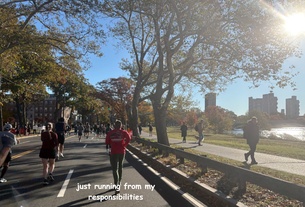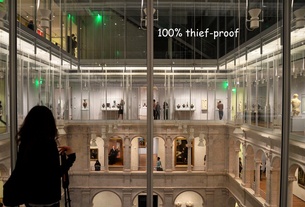{shortcode-e3a483185dc1c031652935204e97af05be1dcbae}
When University President Abbott Lawrence Lowell, Class of 1877, introduced the House system at Harvard in the 1930s, he sought to unify upperclassmen, who had previously lived in disparate conditions across campus.
Yet, for much of its existence, the House system has been anything but equitable. Houses diverged significantly in their resources and attracted particular strains of the Harvard student body. Initially through a selection system based on student interviews with House masters and later through a student ranking process, the composition of each House differed by race, class, and interests.
Only in 1996 did the College implement a randomized sorting system to send freshmen out of the Yard and into the Houses, addressing the inequity of the residential system that had existed for more than 60 years.
Now, with construction on Leverett’s McKinlock Hall set to end in the summer and renovations on Dunster and Winthrop Houses scheduled to begin in the next three years, the House system again finds itself in the midst of change, as a massive renewal project seeks to update aging infrastructure and revamp community space.
However, questions remain as to whether current undergraduates are being left behind in the process. While students and administrators alike recognize the project’s long-term aim to smooth out structural variation in the House system, some express concern that in the short-run undergraduates will have to suffer through a system marked by greater inequality.
DIFFERENT HOUSES, DIFFERENT EXPERIENCES
While the Office of Student Life touts the House system as the “foundation for the undergraduate experience at Harvard College,” with differing facilities, locations, and room configurations, not all Houses are created equal. Some boast squash courts and rock-climbing walls, while others offer a multitude of single bedrooms or a conveniently fast walk to class.
“It’s not an equal process,” says Rob C. Gunzenhauser ’15, “but I like to think that somehow, somewhere, everything works itself out.”
Gunzenhauser, an Adams House Committee co-chair, cites not only physical assets like the Pool Theater as contributing to Adams’ unique identity, but also the culture of acceptance fostered through House traditions like Adams’s Drag Night.
{shortcode-7f889f631cd4968c5408010c0ee07f5b511f6489}
Distinct amenities offered by each House play a role in shaping diverse student experiences. While students pay uniform room and board, set to cost $14,669 for the 2014-2015 school year, those in the unrenovated River Houses must frequently live in walk-through doubles, while all residents of Mather House and many in the Quad enjoy spacious singles.
Jacob S. Miller ’15, a Currier HoCo co-chair, says he believes that Currier residents find that “even without renovations, the rooming quality is very, very high,” as their House boasts some of the largest suites on campus, as well as a plurality of single bedrooms.
Others say that inherent differences in the core features of the Houses, such as room size and distance to the Yard, are hard to overlook.


